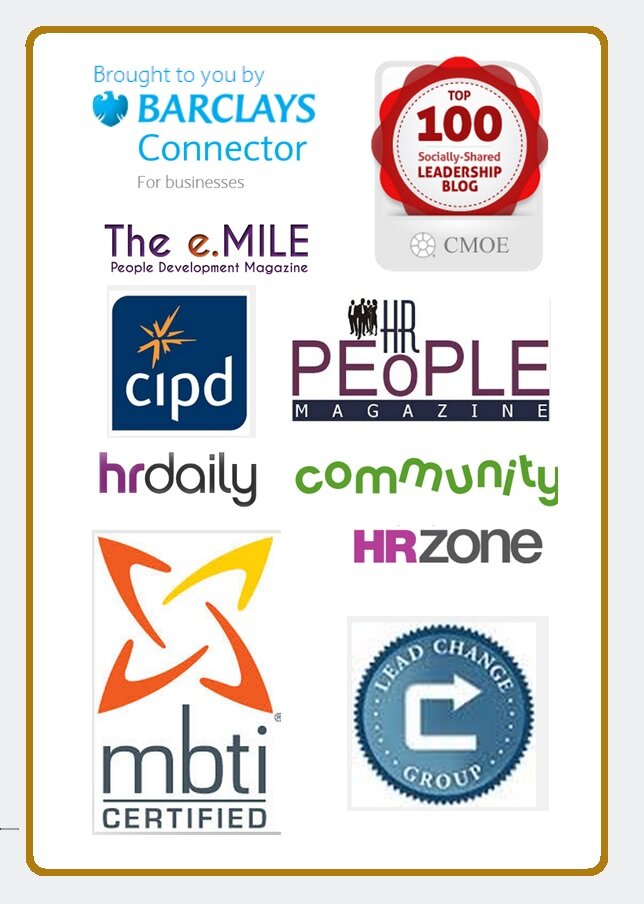Welcome to our latest Guest Blogger. David Klaasen is an inspirational coach, facilitator and trainer, specialising in profitability, high performance and people and solutions. We met on-line fairly recently after “bumping” into each other in our respective social media communities! We quickly realised we shared some common ideas. David very kindly agreed to give me a review of my latest E BOOK – The 6 Secrets of Great Emotional Intelligence – For Inspirational Leaders and Managers. His help was invaluable. Below he examines relationships in the workplace and whether they are purposeful or not. A great post. Thank You David!
Are your relationships ‘On Purpose’?
Every relationship has a purpose but all too often it is unspoken, undefined and ambiguous. When things are going well we naturally assume that our purpose is aligned and there is a good mutual understanding. However this allows many interpretations and both parties may have completely differing views and expectations of the relationship.
When a shift of personal priorities or external pressure begins to affect the relationship things can become fraught, especially if there is a lack of clarity about the fundamental purpose.
While it is fascinating to look into how this affects personal and intimate relationships, this blog focuses on relationships in a work context. However I will invite you to reflect on all the relationships in your life as you read on!
Over the many years that I have been coaching and advising clients, I have met a number of Directors who feel totally ‘betrayed’ when a senior manager decides to resign; did they have an unrealistic expectation that the manager was as ‘wedded’ to the long term success of business as they were? (As in ‘until death us do part’!)
I’ve also met Managers who believe that the purpose of their employer is to further their career and financial aspirations, and who then complain when they have to put in a few extra hours to fulfil the responsibilities that they do not enjoy, or do some learning out of normal hours.
Just fix our staff!
Back in the mid 1990’s when I was Training and Development Manager at the Waldorf hotel in London the managers thought the purpose of my relationship with them was to ‘fix’ their staff. If someone was underperforming they would send them on one of my courses and then expect them to suddenly be 100% competent without considering the need to change their own management style or behaviour (which was often part of the problem).
It took a few years to change the culture and the managers’ understanding of the real purpose of their own relationship with staff. But just after I left the Hotel to go walkabout in India and Nepal for 3 months, the Waldorf was re-recognised as an Investor in People. It was nice to know that the managers did it all by themselves. They had become clear about the purpose of their relationship with their staff; to Lead, Manage and Develop them.
What is the purpose of the important relationships in your work (and in your personal life)? Are you able to define it? Would your definition match how the others in the relationship define it? I invite you to explore this and if you want some tips on how to do it see below.
Check out what’s really important
Asking about or discussing the purpose of a relationship can seem like ‘indulgent navel-gazing’ and might get you some strange looks, so it is not a great way to start a conversation.
It is much easier to explore what is important to someone in a given context. Most people can easily respond to a remark like; “I was just wondering . . . what’s most important for you at work . . .”
Their answer is a way for them to describe their ‘criteria’ or ‘values’ in that context. Our values are like ‘Hot buttons’. If they get mentioned we cannot help but have an emotional response. Just ask anyone with teenagers – they have a natural talent for pressing parent’s hot buttons in a variety of contexts!
Some other questions that uncover their values in a particular context are:
- What has to be there?
- What can’t you do without?
- What’s important to you?
- What would you like to be there?
- What really matters?
Being able to identify what someone values at work (or in any other context) can provide you with a very powerful way to motivate them by relating what you are discussing (or what you want to achieve) to their hot buttons. These are particularly useful questions to ask during recruitment.
People usually get very engaged and motivated when you start to discuss what is most important to them. It makes them feel listened to. It is then easier to explore how you can help them achieve more of what they want and avoid what they don’t want. This in turn begins to touch on the purpose of your relationship and you can begin to discuss or agree a mutually beneficial purpose.
Relating on purpose
Once the real purpose of a relationship is clear it becomes possible to challenge, explore and help one another grow. In a working context it can mean the difference between having a fractious or difficult relationship and one that may not necessarily be easy, but respectful and genuinely helpful.
On a personal level if there is an upset in a relationship it is just a signal that there is a misalignment of values. By clarifying expectations and what is important to you (and them) it can take a lot of heat out of the situation and enable deeper understanding, empathy and the removal of unhelpful judgments.
If knowing what really motivates you and the people you work with is important to you, and you would like to find out more about how to identify their key drivers, .
If you have any particular questions about this blog post or any other communication issues why not drop me a line by .
Remember . . . stay curious!
[message type="custom" width="100%" start_color="#FFFCB5" end_color="#F4CBCB" border="#BBBBBB" color="#333333"] About David Klaasen: Ten years of intense experience in the furnace of Michelin starred kitchens has given David a very practical and pragmatic approach to HR issues. After 24 years of working strategically with demanding clients his focus is on profitability and high performance at all levels of the business while ensuring there are robust foundations in place to motivate and help people succeed. His website is www.InspiredWorking.com
David a very practical and pragmatic approach to HR issues. After 24 years of working strategically with demanding clients his focus is on profitability and high performance at all levels of the business while ensuring there are robust foundations in place to motivate and help people succeed. His website is www.InspiredWorking.com
[/message]

If you are a leader, you are continually developing and "Sharpening the Saw". If you lead and manage teams, then you must read about our Inspirational New Leadership Programme. Sign up now to find out more details when we launch in July 2014. There is no obligation to undertake the programme, if you sign up today, you will simply be sent more information about the programme. You can unsubscribe at any time! Click below to register for further information.



 David a very practical and pragmatic approach to HR issues. After 24 years of working strategically with demanding clients his focus is on profitability and high performance at all levels of the business while ensuring there are robust foundations in place to motivate and help people succeed. His website is www.InspiredWorking.com
David a very practical and pragmatic approach to HR issues. After 24 years of working strategically with demanding clients his focus is on profitability and high performance at all levels of the business while ensuring there are robust foundations in place to motivate and help people succeed. His website is www.InspiredWorking.com
